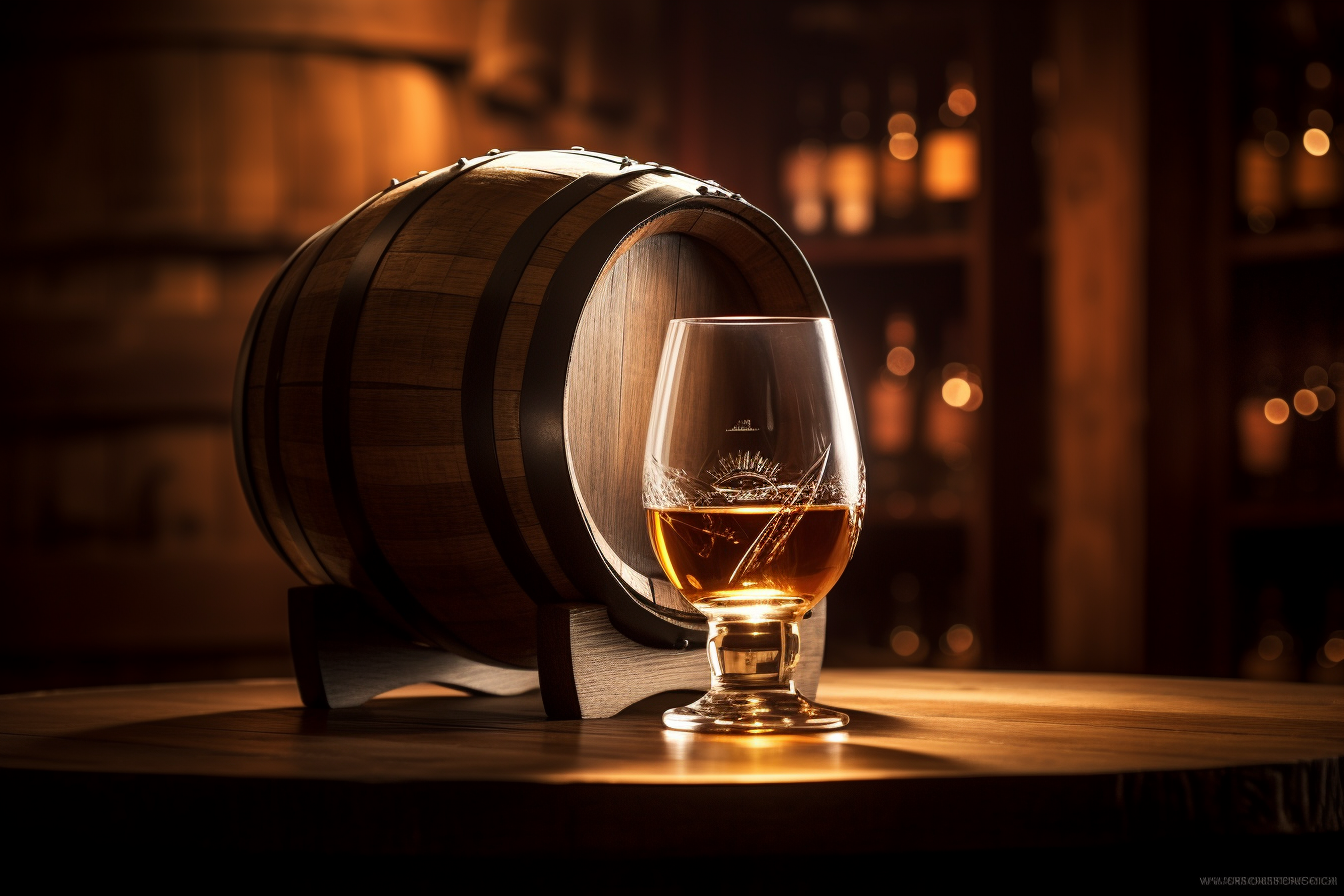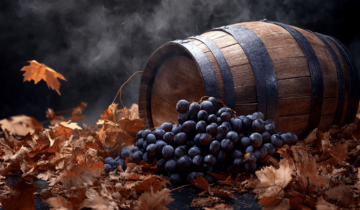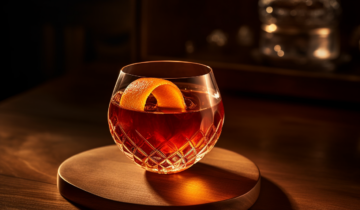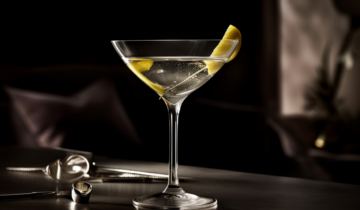A Short Background on The History of Brandy
Brandy, a distilled spirit derived from fermented fruit juices, has been cherished for centuries due to its rich, complex flavors and sophisticated aroma. Originating in the 16th century, brandy has evolved through time, with each region developing its unique techniques and styles. This time-honored spirit is not only a favorite in social gatherings but also a testament to the craftsmanship and dedication of distillers worldwide.
Base Brandy Ingredients and Materials
To create a remarkable brandy, start with high-quality ingredients and materials. These essential elements include:
- Fruit: Select ripe, fresh, and flavorful fruits, which will serve as the foundation of your brandy. The most common choice is grapes, but other fruits such as apples, pears, and apricots can also be used.
- Sugar: Depending on the fruit’s natural sugar content, additional sugar may be required to facilitate fermentation and increase the final alcohol content.
- Yeast: Choose a yeast strain suited for fermenting the fruit of your choice. This critical component converts sugar into alcohol and contributes to the brandy’s flavor.
- Distillation equipment: A high-quality still is necessary for separating the alcohol from the fermented fruit juice. Copper stills are highly recommended due to their superior heat conductivity and flavor-enhancing properties.
Choosing The Fruit For Your Brandy
The fruit you select for your brandy will significantly influence its taste and aroma. Consider the following factors when choosing your fruit:
- Ripeness: Ensure that the fruit is ripe and free from any signs of spoilage. Overripe or damaged fruit can negatively impact the final product.
- Variety: Different fruit varieties have unique flavors, sugar content, and acidity levels. Research and experiment with various options to find the perfect match for your desired brandy profile.
- Seasonality: To guarantee freshness and quality, use fruits that are in season and sourced locally if possible.
How to Make Brandy: Homemade Wine Recipe
Creating brandy begins with producing a homemade wine or fruit wash. Follow these steps to prepare your base:
- Clean and sanitize your equipment, including fermenting vessels, utensils, and other materials.
- Wash and prepare the fruit by removing any stems, seeds, or pits. For grapes, crush them to release their juice, and for other fruits, chop them into small pieces.
- In a fermentation vessel, combine the prepared fruit, sugar (if necessary), and water. Stir the mixture to dissolve the sugar and distribute the fruit evenly.
- Add the yeast to the mixture and stir well. Cover the fermentation vessel with an airlock or a clean cloth to prevent contaminants from entering.
Fermenting Your Brandy Wash
During fermentation, the yeast converts sugar into alcohol, producing the base for your brandy. Allow the mixture to ferment at a consistent temperature between 60-75°F (15-24°C) for 1-3 weeks or until fermentation is complete. Monitor the process by checking for a decrease in bubbling and using a hydrometer to measure the alcohol content.
Distilling Your Homemade Wine
Once the fermentation process is complete, it is time to distill your homemade wine:
- Transfer the fermented fruit juice to your still, taking care not to disturb the sediment.
- Heat the still gradually, allowing the alcohol to vaporize and separate from the liquid.
- Monitor the temperature closely, as the different components of the fermented fruit juice will vaporize at various temperatures. The ideal temperature range for brandy distillation is between 170-195°F (77-91°C).
Aging Your Brandy
To enhance the flavors and develop the desired characteristics of your brandy, aging is an essential step. The aging process allows the spirit to mature and integrate with the oak’s natural compounds, imparting complexity and depth to the final product. Here are some guidelines for aging your brandy:
- Select an oak barrel or other suitable aging vessel. Oak is the traditional choice due to its unique properties and ability to impart desirable flavors and tannins. You may also use oak chips or spirals if a barrel is not available.
- Carefully transfer the collected distillate into the aging vessel, ensuring it is properly sealed to prevent evaporation and contamination.
- Store the aging vessel in a cool, dark environment with stable temperature and humidity conditions. This will promote slow, consistent maturation of the brandy.
- Periodically taste your brandy throughout the aging process to assess its development and determine when it has reached the desired flavor profile. Depending on your preferences and the size of your aging vessel, this can take anywhere from a few months to several years.
Bottling and Storing Your Brandy
Once your brandy has reached its peak maturity, it’s time to bottle and store it for future enjoyment. Follow these steps to ensure the best possible storage conditions:
- Carefully transfer the aged brandy into clean, sanitized bottles, leaving a small amount of headspace to allow for any potential expansion.
- Seal the bottles with airtight closures, such as cork or screw caps, to prevent oxidation and preserve the brandy’s quality.
- Store the bottles in a cool, dark place, away from direct sunlight and temperature fluctuations. Ideal storage conditions are between 50-60°F (10-15°C) with 50-70% relative humidity.
- Label the bottles with relevant information, including the type of fruit used, distillation date, and aging duration, to track your brandy’s development and history.
Conclusion
Creating your own brandy is a rewarding and fascinating journey that allows you to explore the art of distillation and develop a deeper appreciation for this time-honored spirit. With patience, dedication, and attention to detail, you can produce a brandy that showcases the unique qualities of your chosen fruit and reflects your personal tastes. As you gain experience and experiment with different fruit varieties, aging techniques, and distillation methods, you will undoubtedly uncover new depths and dimensions to this age-old craft.







